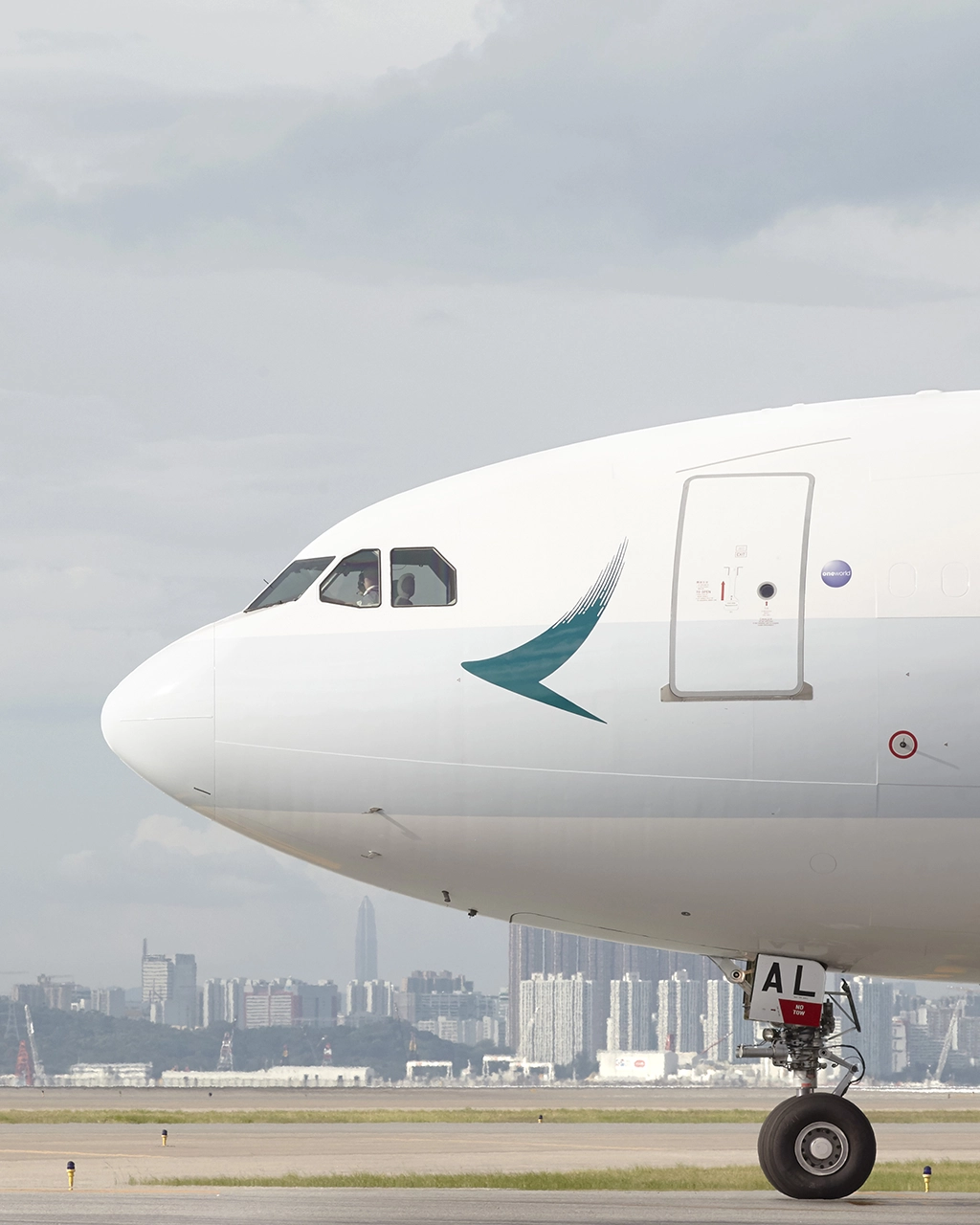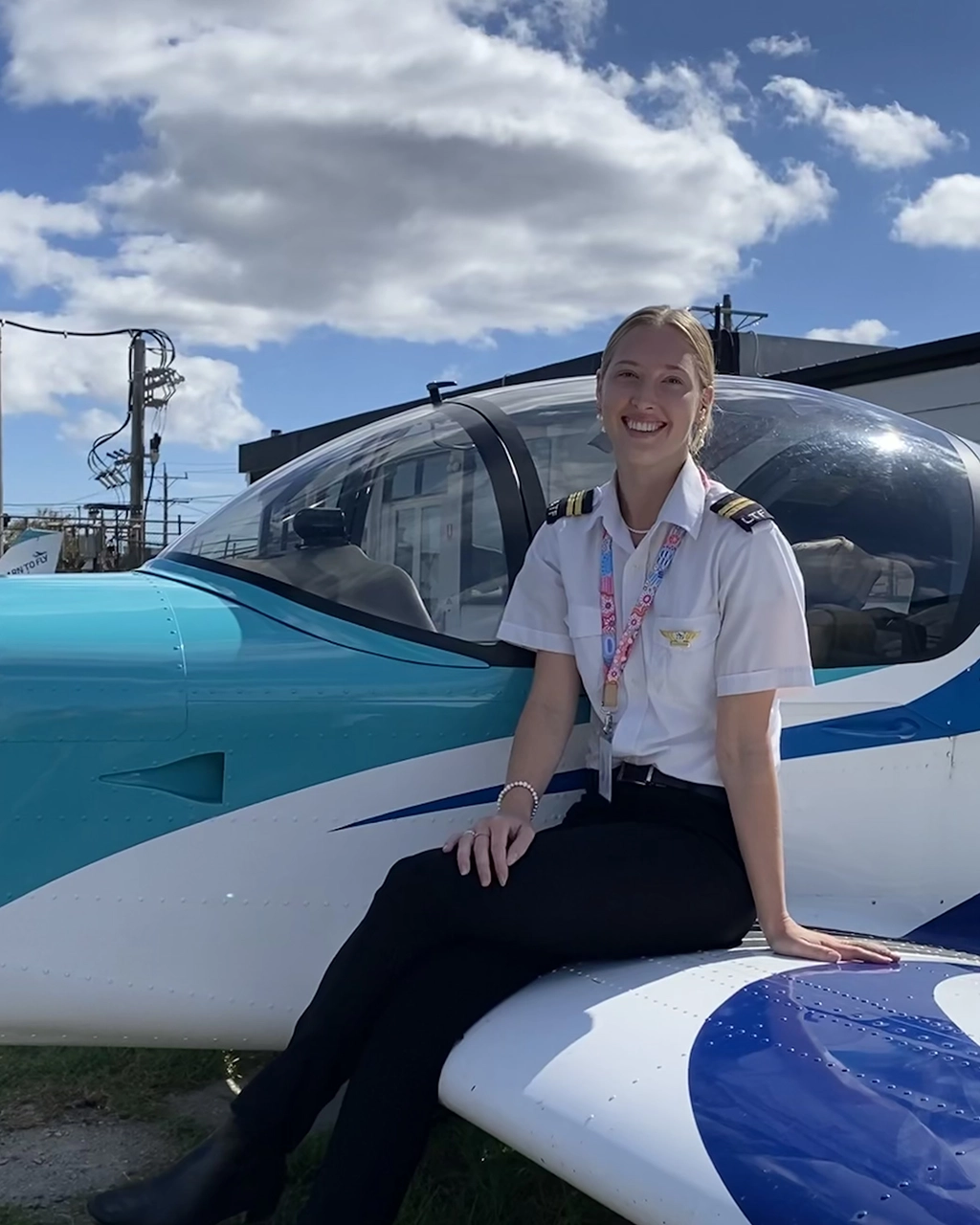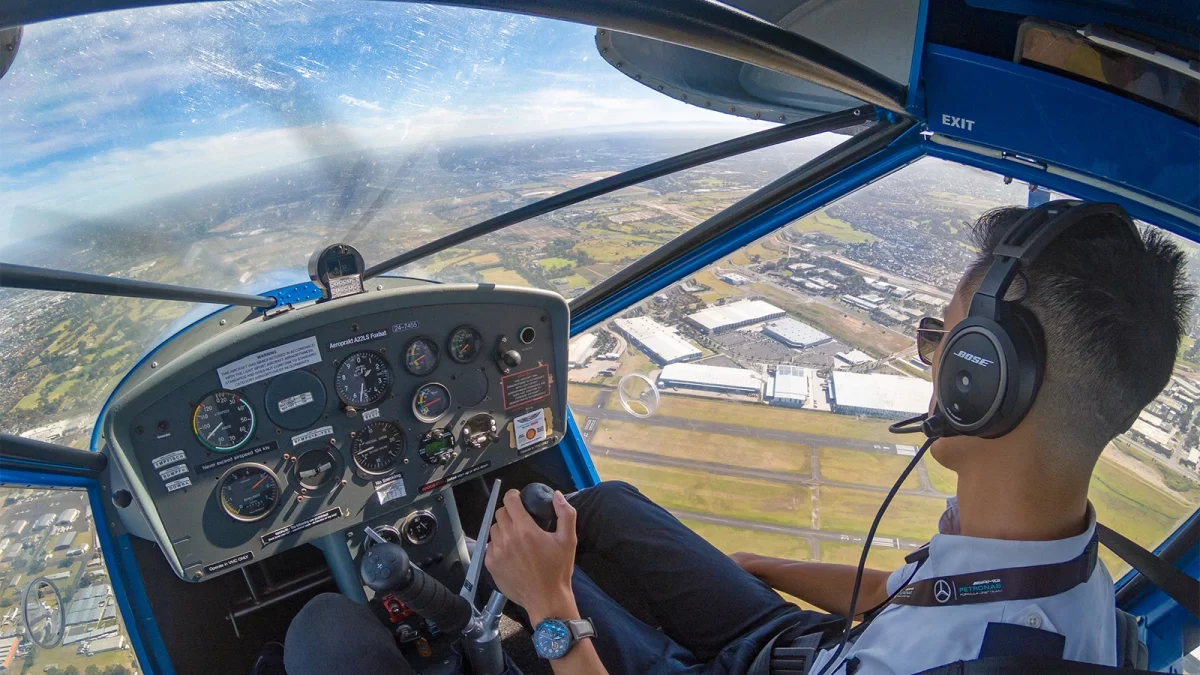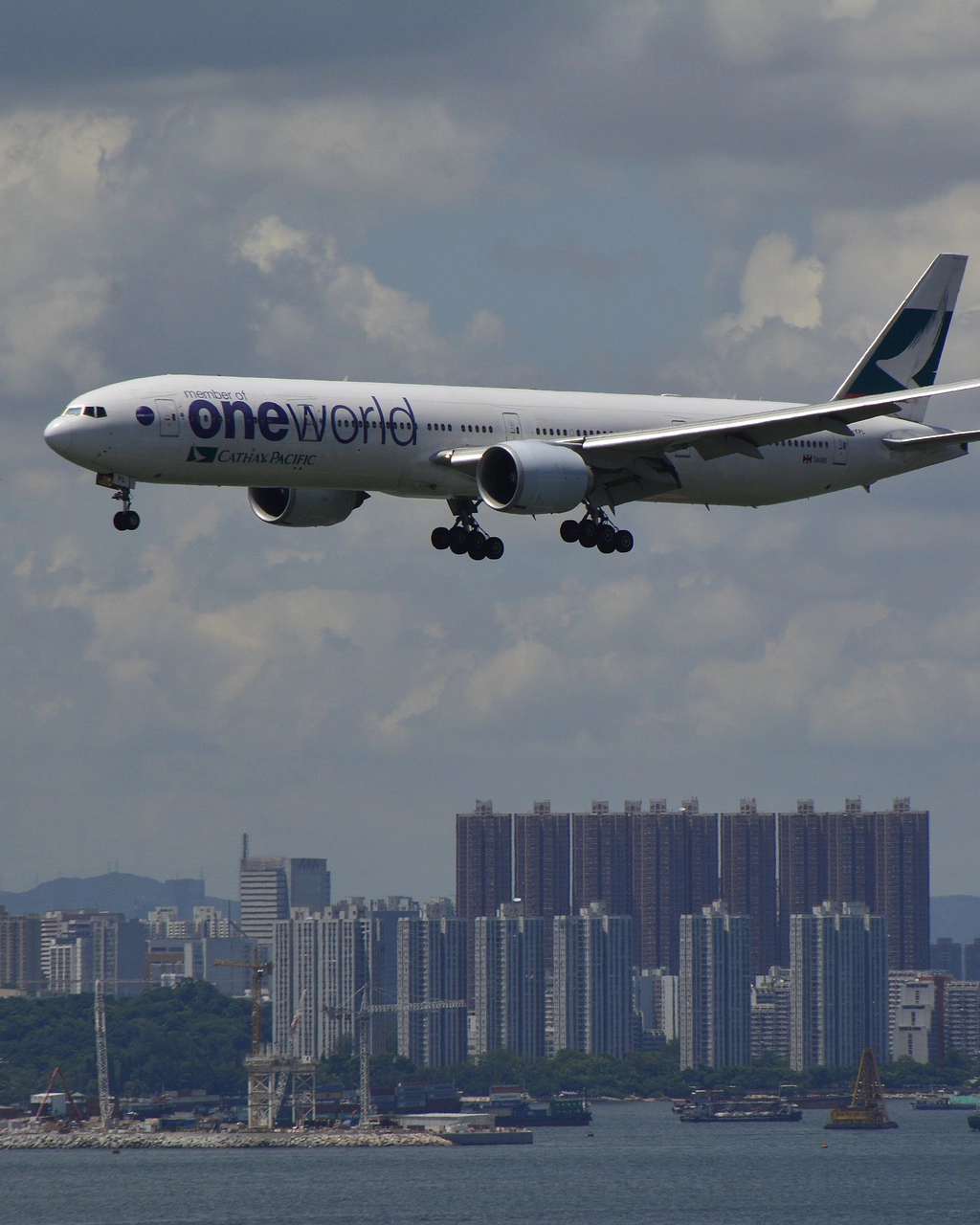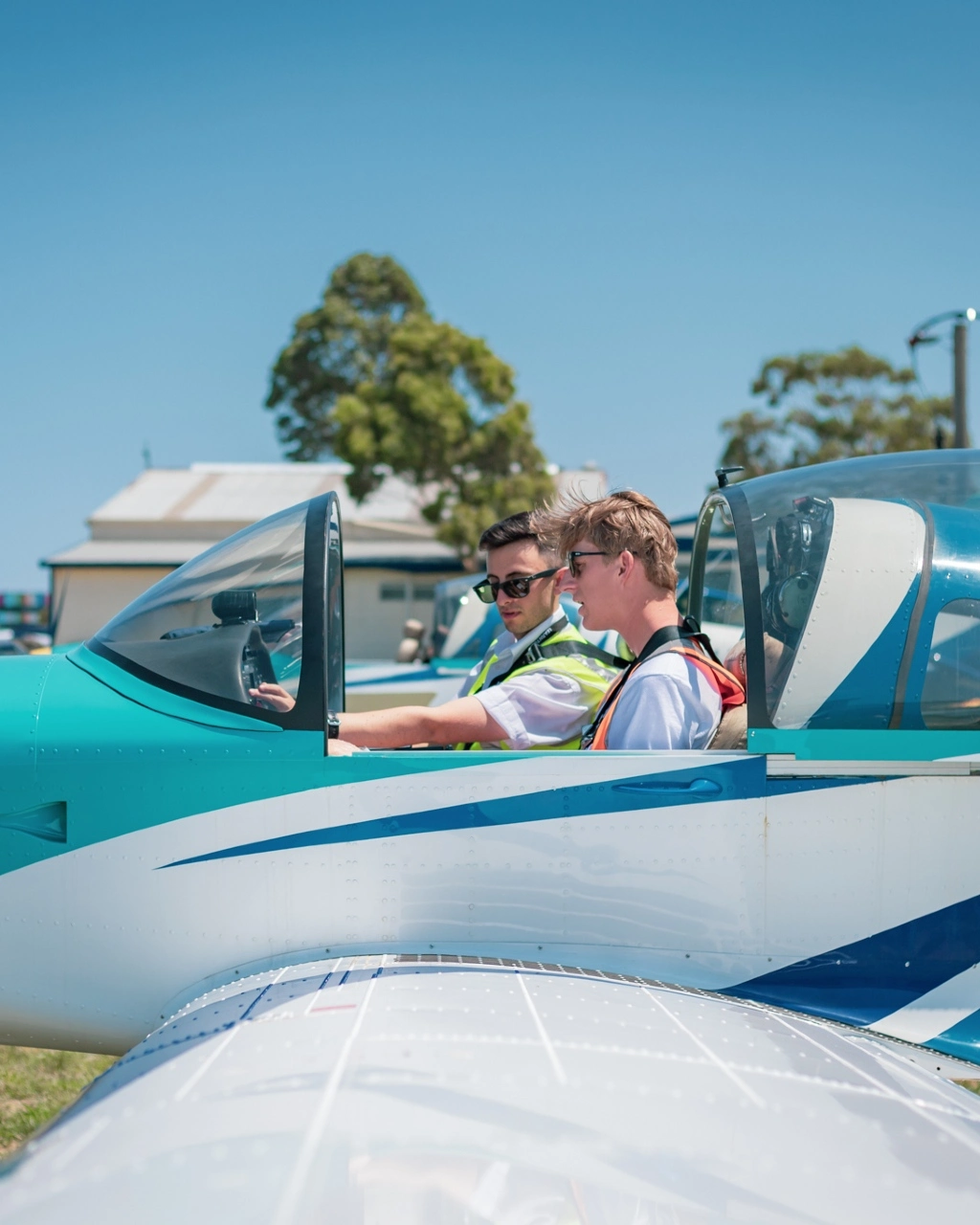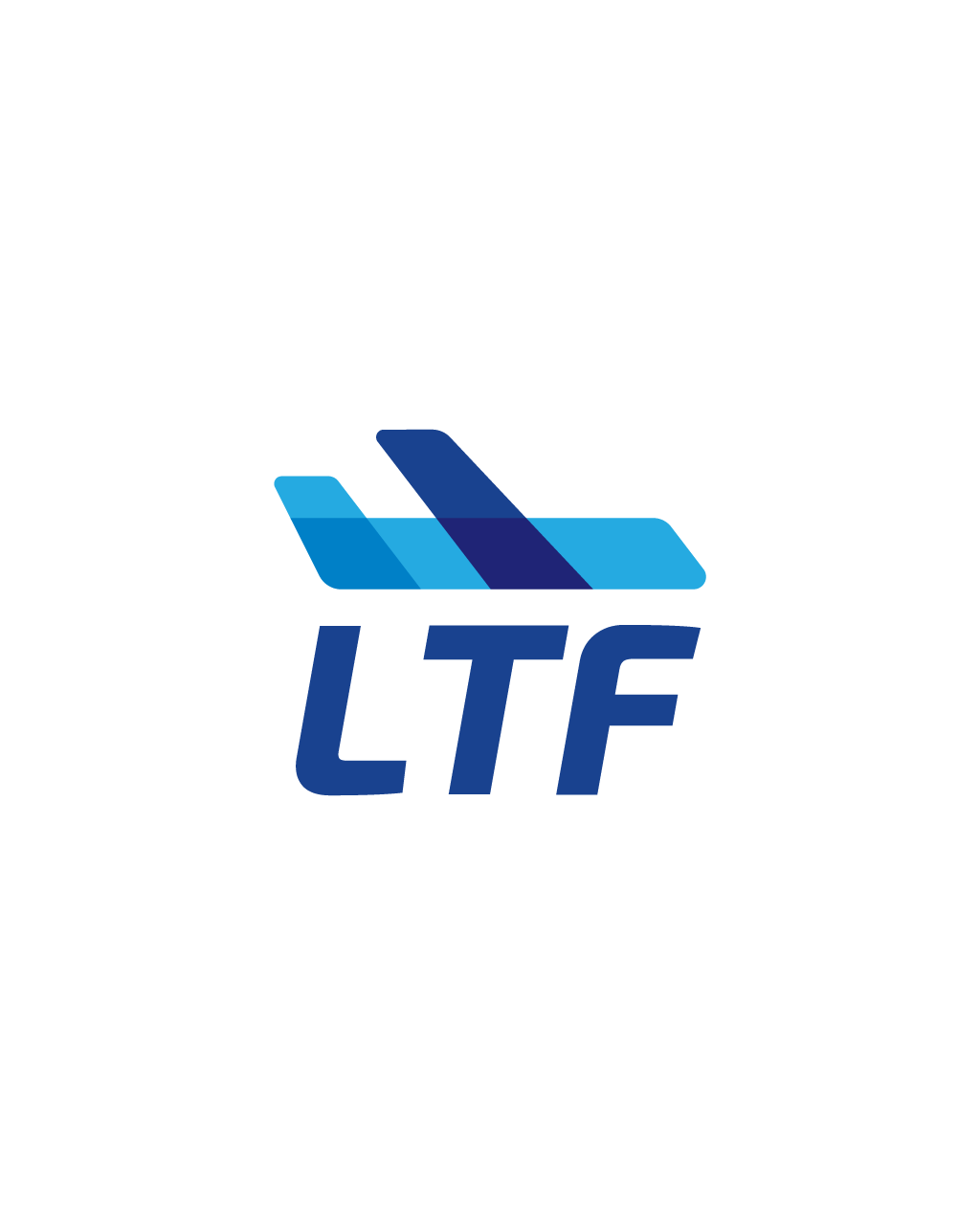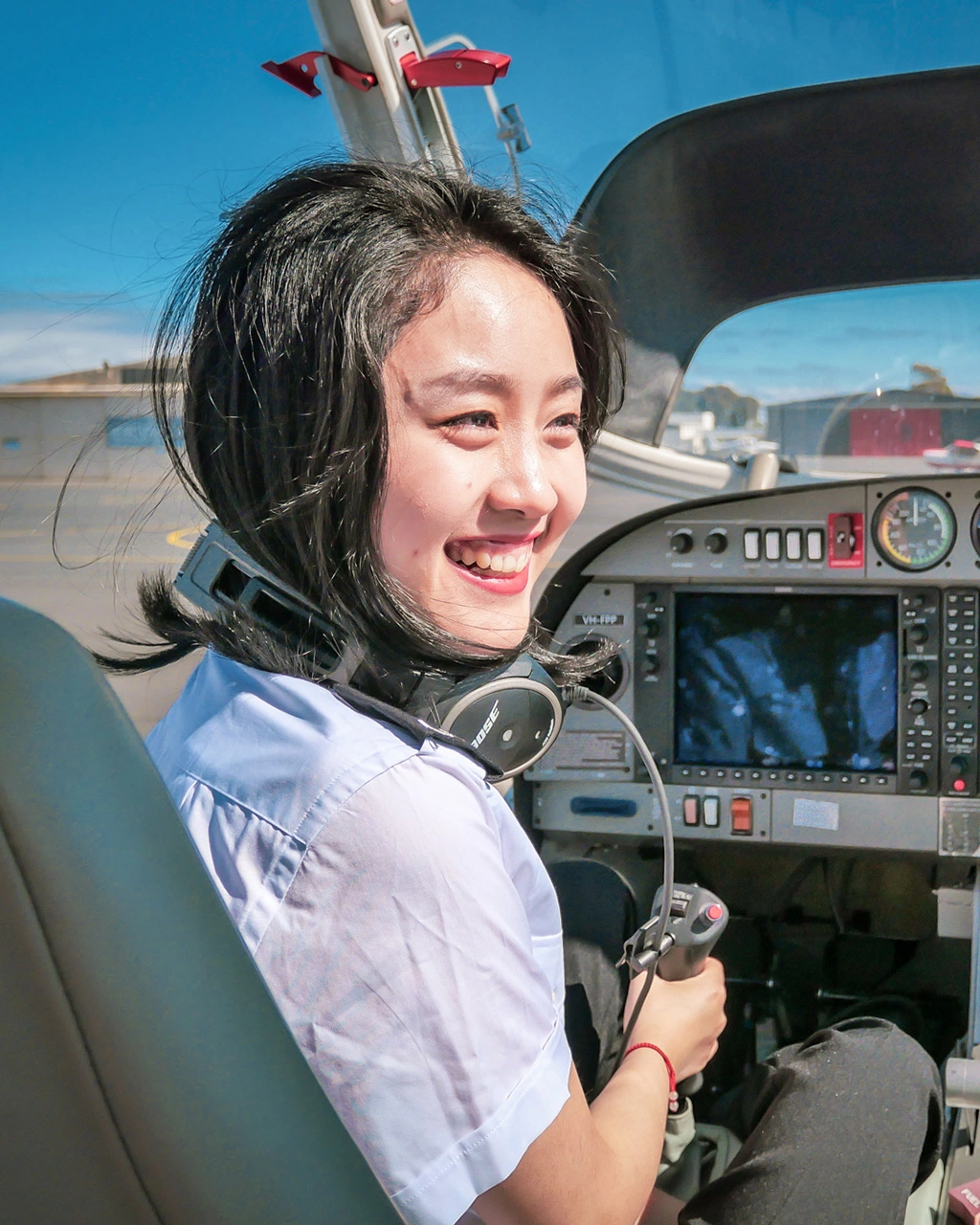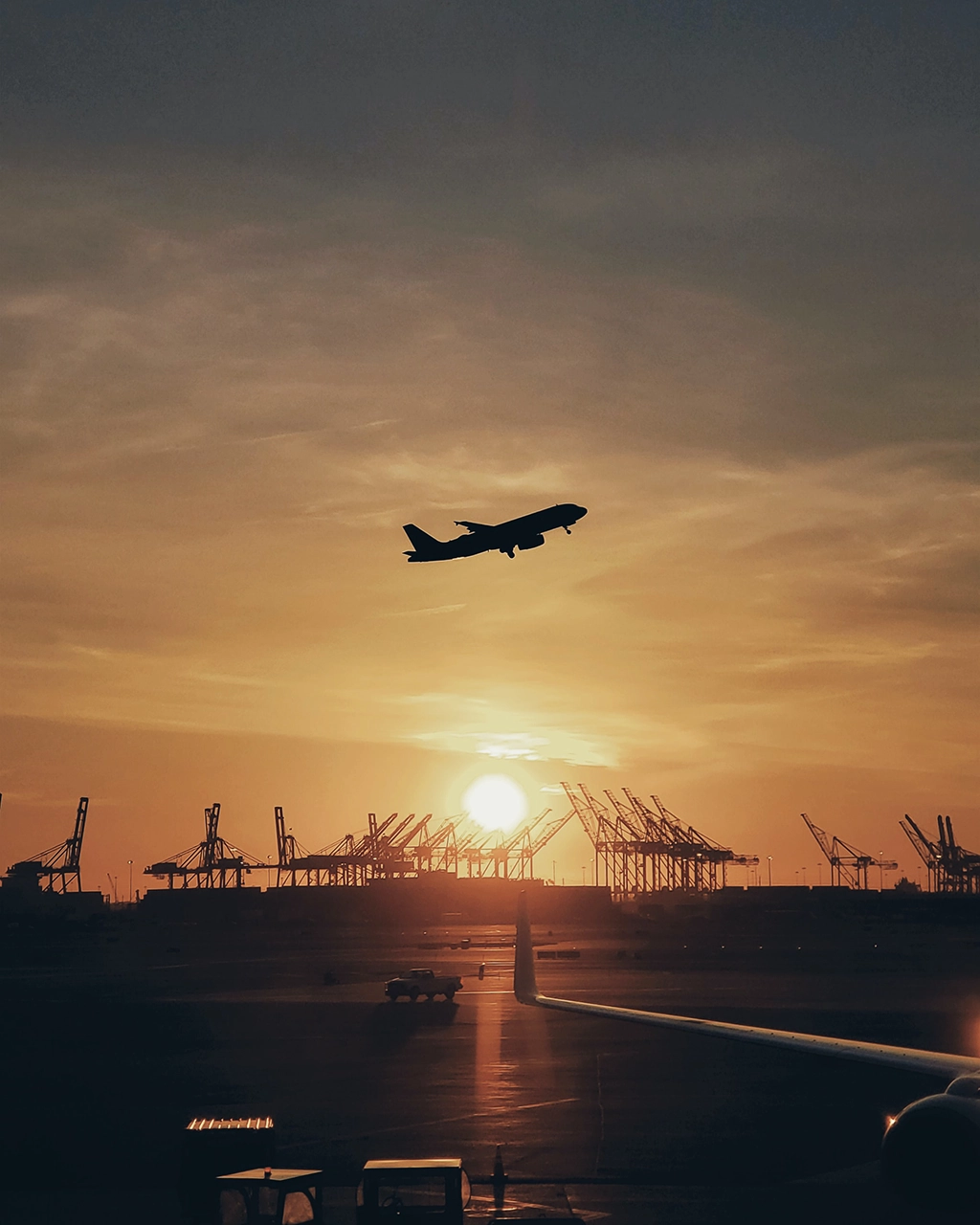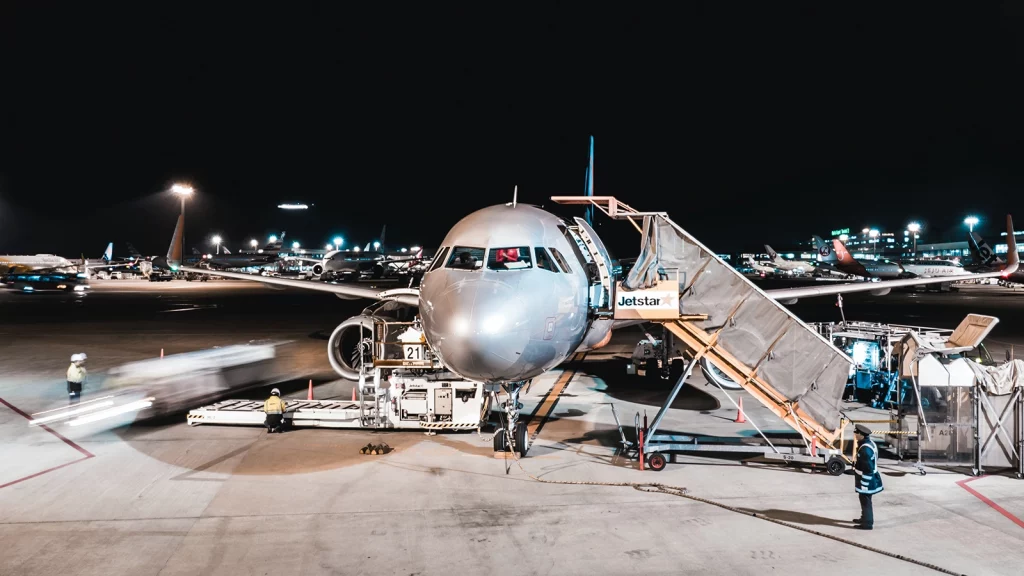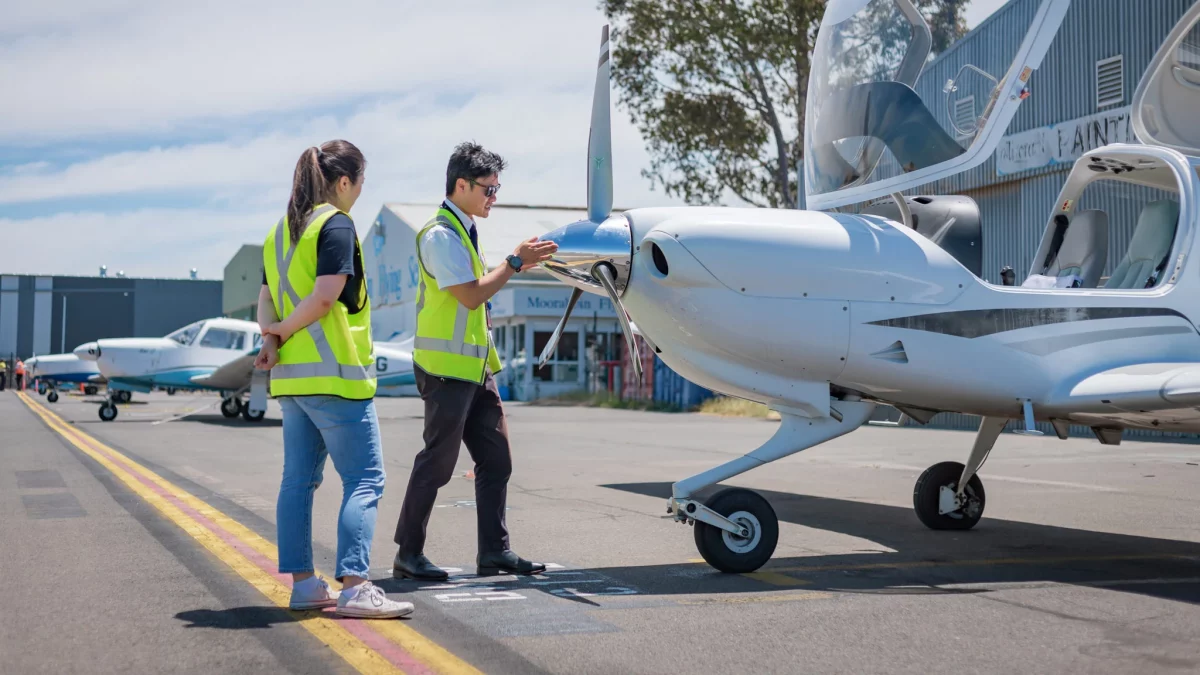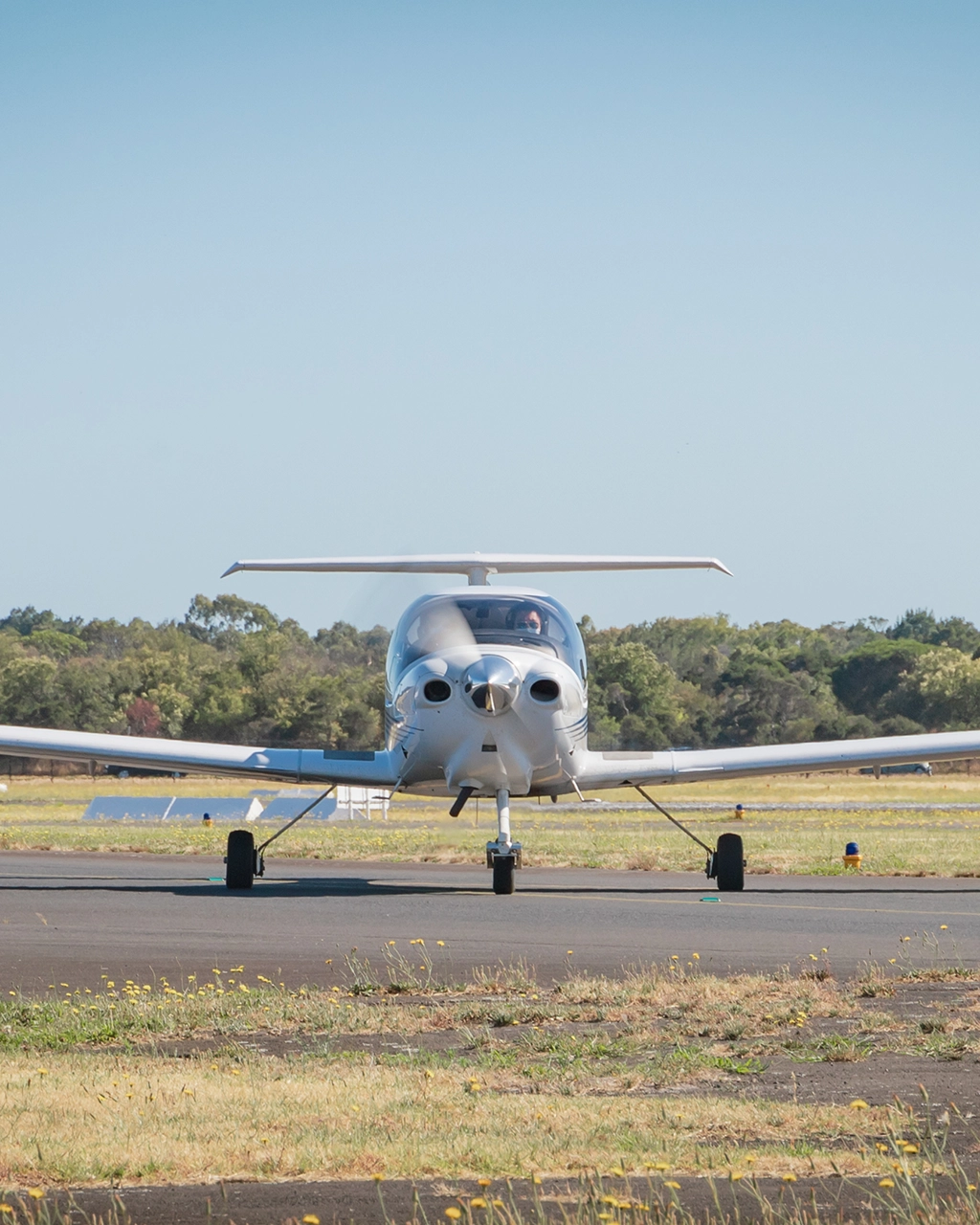We received some fantastic questions during our recent webinar on applying for the Cathay Cadet Pilot Program in 2022. We weren’t able to answer them all live, but we have covered the majority of questions and answers below:
What is the rate of success for cadet pilot applications? How many people apply and how many get in?
Press releases from Cathay have them onboarding 400 cadet pilots before the end of 2023, with the projected ongoing pilot shortage likely to mean that this increased recruitment will continue beyond that. We don’t yet have data on applicant numbers, but we assume they will be very high.
Whilst many Cathay Cadet applications are culled simply due to ineligibility (failure to meet minimum requirements), it remains VERY important to present a strong initial application.
Is age a factor in selecting cadet pilot applicants? Can you be too old?
Age may be a small factor, but historically, Cathay has accepted a fairly broad scope of ages into the program. This ranges from school-leavers, to university graduates, to established adults in other professions looking for a career change.
Do I need to have maths or science studies to be considered?
Maths and science are 2 areas specifically mentioned by Cathay in the prerequisites. Applicants with no maths or science studies may be at a disadvantage. We would strongly recommend completing some flight training beforehand to be able to demonstrate your passion for aviation, and your ability to progress as a pilot regardless of no maths/science study. Our Future Cadet Pilot Program (FCPP) is perfect for this.
How long does it take to hear back from Cathay once you have applied?
We’ve been made aware of delays at all stages of the process due to HR shortages. It is possible that you could experience lengthy delays in hearing back from Cathay. Delays counted in months are not abnormal.
Are group exercises still a part of the interview process?
We understand that group exercises are not currently a part of Cathay’s online interview mode. Even if this is the case, there will still be areas of the interview process where you will need to demonstrate strong group or team working skills. One of the best ways to prepare for this is with group exercises, like those explored in our Airline Interview Coaching Session course.
Will Cathay resume their original cadet interview process?
Taking into consideration the current HR shortages, it is likely that Cathay will opt for a more online-based interview process for some time yet.
Are Direct Entry First and Second Officer roles also difficult to get into? Would you recommend doing more than the minimum hours required?
Even though direct entry roles are more based on experience and qualifications that you either already have or don’t have, they are still competitive. You will still need to prepare in order to present a strong application, and to present well in the interview phases – which is why we recommend considering a course like the Airline Interview Coaching Session.
How long can I expect to be a Second Officer at Cathay Pacific?
The Second Officer position has previously had a time limitation of 5 years imposed by the HK Civil Aviation Department. This may have been subject to some leniency during Covid. Upskilling a pilot whilst maintaining their rank may also bypass the 5 year requirement. However, with the growth and recovery the airline is experiencing, we expect accelerated progression will be likely in order to satisfy demand.
Does Cathay accept Hong Kong Permanent Residents?
Yes – Cathay accepts HKPR for both Cadet Pilot and Direct Entry applications
If I have no flying experience, do I still have a chance of being chosen as a cadet?
The short answer is yes, but we don’t recommend leaving this to chance, and VERY strongly recommend that you have at least some flying experience prior to applying. If you have already applied, we still recommend looking at doing some flying prior to interview. And even if you have interviewed and been accepted – even then, we recommend doing some flight training as it will really help you to hit the ground running when your cadet flight training phase commences.
The current delays Cathay are experiencing in their cadet selection and training offer you a GREAT opportunity to get in some extra preparation and/or flight training regardless of where in the process you are. We recommend checking out our Future Cadet Pilot Program (FCPP), which includes both application/interview preparation and practical flight training. As an added bonus – the Australian Dollar is very low at the time of writing (Oct 2022) – this means that the process of coming to Australia to complete a program like the FCPP is far cheaper than it usually would be for HK pilots.
If I have already done PPL training, can I still apply?
Absolutely. We usually recommend training to RPL level, as this shows that you are able to progress through understanding the basics of flying, fly solo, and achieve a licence. To show that you have continued your training as far as PPL level will certainly not disadvantage your application, however Cathay may want to know why you didn’t progress with CPL, and clarify that you are happy to go back to the start for your cadet training.
Is the technical exam still a part of the process? What’s your advice in studying the technical interview in a short amount of time?
We believe this is part of the same testing that the CUT-E process is contained within. Whatever the current exact format, we strongly recommend that applicants should have an established basic knowledge of aerodynamics and general aviation topics. Cathay has many YouTube videos available, and a well prepared candidate should have watched all of them. In addition, the two texts from John’s bookshelf provide adequate technical knowledge for your preparation. These were “Ace The Technical Pilot Interview” by Gary Bristow and “Handling The Big Jets” by D.P. Davies
How long will Cathay be accepting Cadet Pilot applications for?
Cathay have a plan to recruit at least 400 cadets by the end of 2023. Given the longer term pilot shortage projections, we believe that there will be an ongoing need for consistent cadet pilot recruitment beyond 2024.
Do I have any aviation knowledge for the interview?
We will always recommend obtaining some technical aviation knowledge, and the best way to do this is by enrolling in some flight training.
If you wear glasses, can you still be accepted for the cadet program?
Many airline pilots wear spectacles or contact lenses when flying. The requirement to wear spectacles is generally not disqualifying for a cadetship or a medical certificate. The candidate should contact the HK CAD Medical Department or their Doctor for case-by-case advice.
Do I need to pass the ICAO English Test before I apply for the cadet pilot program?
You don’t need to have passed the Aviation English Language Proficiency (AELP) exam prior to application, however doing so may well be an advantage, and will at the very least speed up the process. The Cathay requirement is to achieve at least ICAO Level 4 – which is a conversational standard of English and easily achievable for most HK born English speakers.
How long does it take to complete the PolyU ground school and exam?
The latest advice we have received suggests that this phase may take up to 7 months.
If you took a lot of training hours to fly solo, could this negatively affect your application?
We all progress at different rates and in different environments. Going solo in itself is a massive achievement, and so we wouldn’t be too concerned about this.
If I completed flight training but it was 5 years ago – will that still be okay?
Having flight training from 5 years ago is certainly better than having no flight training. However, we would recommend doing a refresher lesson if it is possible to do so prior to applying or to the interview.
What does the Airline Interview Coaching Session include, and how long is it?
The Airline Interview Coaching Session includes 8 hours of either face-to-face or live online training. The syllabus includes airline selection process methods, optimal CV presentation, HR interview skills, technical assessment expectations, group exercises and more. Click here to learn more.
Does every applicant get a chance to interview?
No – which is why preparing a solid application is SO important.
What is the top reason people fail the interview?
There are many reasons that can cause applicants to fail the interview process. Essentially though, they essentially all come down to lack of preparation.
I have recently failed the Cathay final cadet interview, and can not reapply for 9 months. What would you recommend learning in the meantime?
We would recommend starting your preparation now. Even more-so, we would recommend including some flight training. This would improve your knowledge and skills, AND importantly it would provide evidence of your dedication to an aviation career. A course like the Future Cadet Pilot Program (FCPP) is perfect for this.
How would you foresee the growth of female pilots in the future?
The future for female pilots is very bright. Airlines around the world are proactively encouraging more female applicants. In addition, there are far better support networks available for female pilots at every level today than what have been available traditionally.
Are the training phases full time?
Both the ground school training at HK PolyU and the flight training phases are full time. On top of that, they involve absolute dedication. John advises that from his flight training phase time at FTA in Adelaide, Cathay Cadets devoted at least 6 days to study, school and practicum. They generally only took one day off a week for social time.
If I have done some flight training and put it on my CV, will that mean they ask me harder questions?
You should ALWAYS put as much information about the flight training you have completed on your CV. That may be the difference between being offered an interview or not. The questions you are asked in relation to the information on your CV should be relative to what your knowledge level should be.
Do you have further questions? Would you like to enrol in one of our highly successful Airline Interview Preparation courses? Please get in contact with us.
Our social media offers free flight training videos and much more – so, give us a follow at https://linktr.ee/learntoflymelbourne









